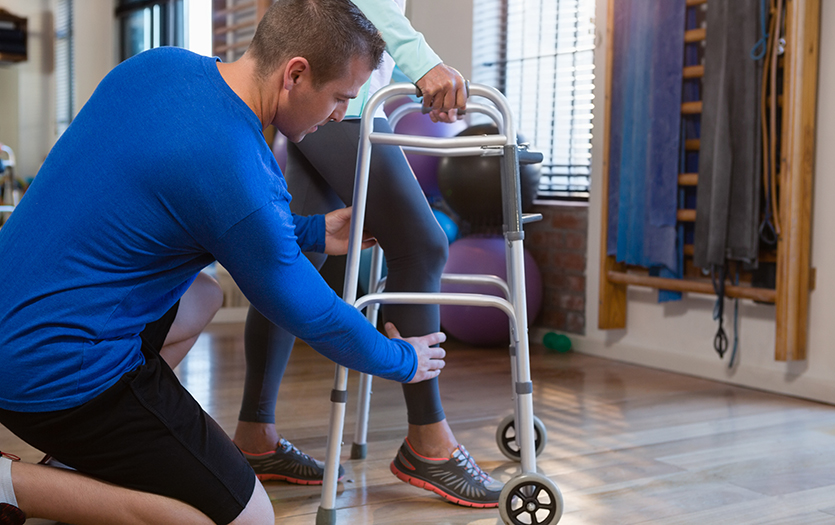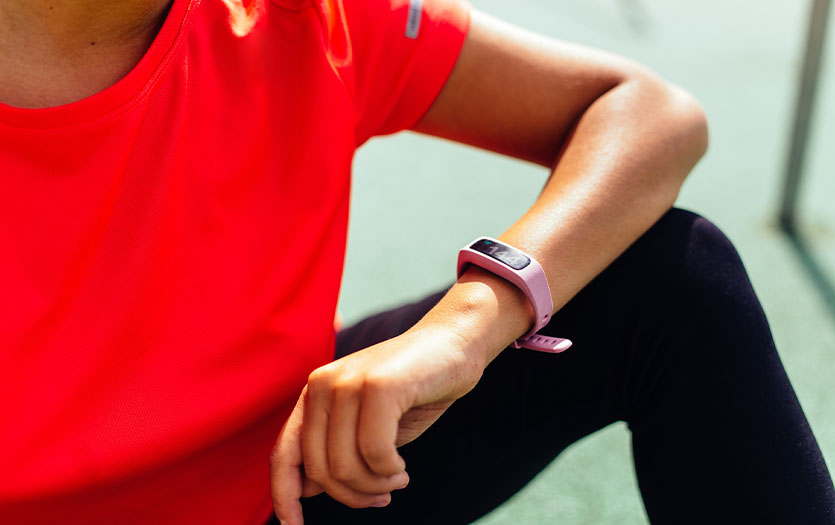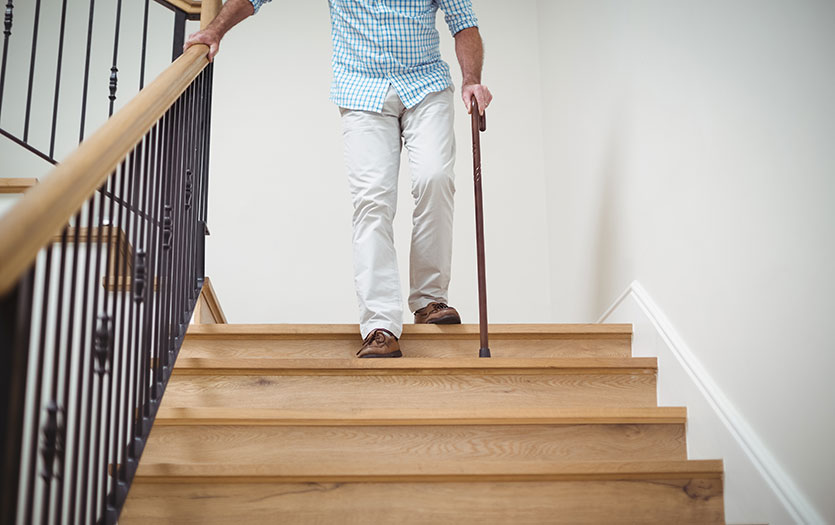
This post was written by Jithmie Jayawickrema, PT, Parkview Therapy Services.
When conditions like arthritis cause pain and significantly restrict mobility, some individuals may turn to total knee replacement for relief. While this surgery can offer a solution, successful recovery depends on a focused rehabilitation program. Here, we'll address common patient questions about the surgery and rehabilitation process so you know what to expect.
What is knee replacement surgery?
A total knee replacement is a surgical procedure that relieves joint pain by addressing the effects of joint cartilage deterioration, often caused by osteoarthritis, rheumatoid arthritis or post-traumatic arthritis following a traumatic knee injury. These conditions can lead to pain that affects a person's ability to walk, navigate stairs, get in and out of chairs and participate in other functional activities. In severe cases, they may cause knee instability and discomfort at night.
Knee replacements can be divided into partial knee replacements, where one compartment of the knee is replaced, and total knee replacements, where all compartments of the knee are replaced.
Scheduling a pre-operative physical therapy appointment helps individuals prepare for surgery. This appointment has several purposes, including:
-
Educating patients regarding what to expect after surgery
-
Measuring pre-op range of motion and strength measurements
-
Exercise program prescription focusing on strength, range of motion and flexibility
What does rehabilitation look like after a total knee replacement?
Post-operative physical therapy starts about two days after surgery. Typically, sessions are scheduled two to three times per week, depending on the surgeon's and physical therapist's recommendations and can last from six to ten weeks, depending on the patient's progress and objectives.
The initial goals are to regain the range of motion in the knee and activate the quadriceps muscles. Exercises focus on:
-
Motor function training such as walking, balance and movement symmetry to improv the range of motion and pain.
-
Neuromuscular electrical stimulation to ensure proper quadriceps activation, essential for walking, stair negotiation and sit-to-stands.
-
High-intensity strength training with appropriate progressions guided by a physical therapist to help improve overall strength and stability.
It's also important to manage swelling early in therapy as it can hinder knee movement and inhibit quadriceps musculature. Swelling management might include:
-
Cryotherapy
-
Elevation
Additionally, walking every waking hour with the assistance of a walker and consistently performing ankle pumps help maintain fluid movement and prevent blood clots. Seek immediate medical attention if any of the following symptoms occur:
-
Signs of infection
-
Fever
-
Discharge from the incision
-
Change in skin color near incision
-
-
Signs of blood clots
-
Increased pain, especially around the calf area
-
Redness and warmth
-
A sudden increase in swelling that does not reduce with swelling management
-
When is it okay to walk without an assistive device?
Graduating from assistive devices depends on the patient's progress in strength and balance. Patients should continue to use a walker to prevent falls until their physical therapist approves their transition to a cane or to walk without any assistive device.
How important is a home exercise program?
Engaging in physical activity outside of therapy sessions is necessary to progress appropriately. The therapist designs each home plan to suit the patient's stage of recovery.
How long does it take to recover from the total knee replacement?
Recovery times vary for each individual, but generally, most people can expect to regain function in their knee approximately 2 to 3 months after surgery. While some swelling and discomfort may continue during this period, these symptoms typically improve over time. Patients usually expect it to take up to one year before they feel entirely rehabilitated.
Final thoughts
Although pain and discomfort may be part of post-operative recovery, do not be discouraged! Recovery is unique to each individual, depending on their medical history, pre-operative functional status and personal healing process.
If you have questions or want to learn more about Therapy Services at Parkview Health, visit us here.
Additional resources
-
https://www.boneandjointburden.org/2014-report/ive1/knee-replacement-procedures
-
https://pmc.ncbi.nlm.nih.gov/articles/PMC7462050/
-
https://www.mayoclinic.org/diseases-conditions/deep-vein-thrombosis/symptoms-causes/syc-20352557%20
-
https://medicine.osu.edu/-/media/files/medicine/departments/sports-medicine/tka-cpg-june-2020.pdf? la=en&hash=0F991FA7EC33EF9C4DCE39BCB03AE892DF4B326E



